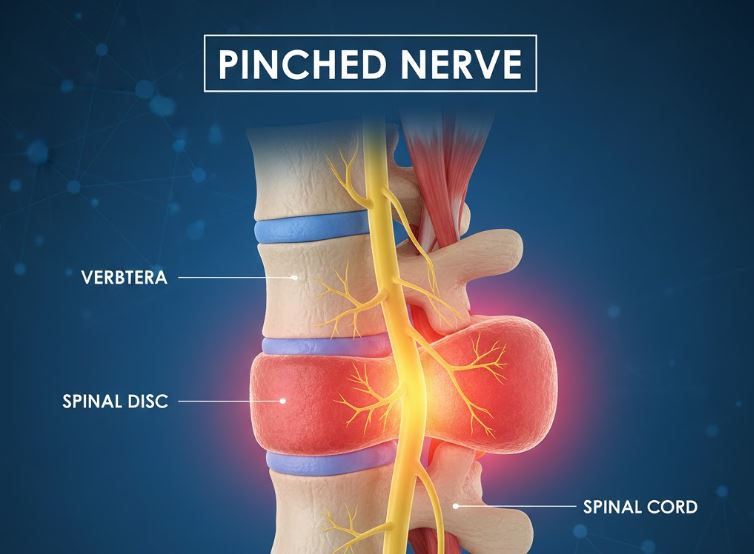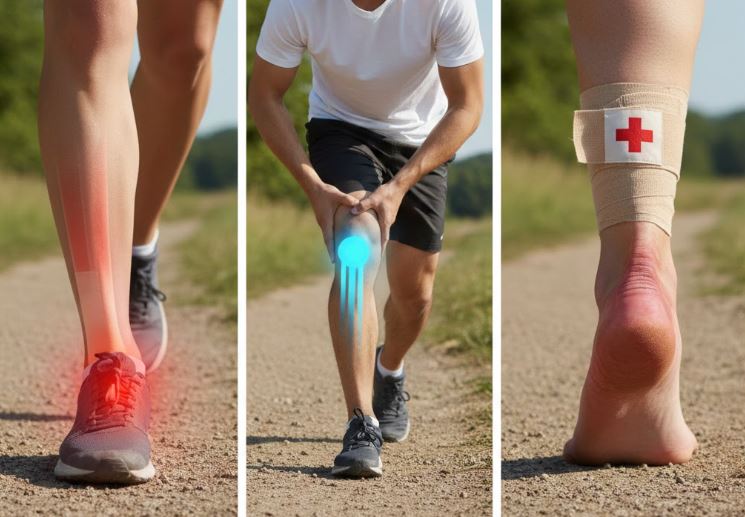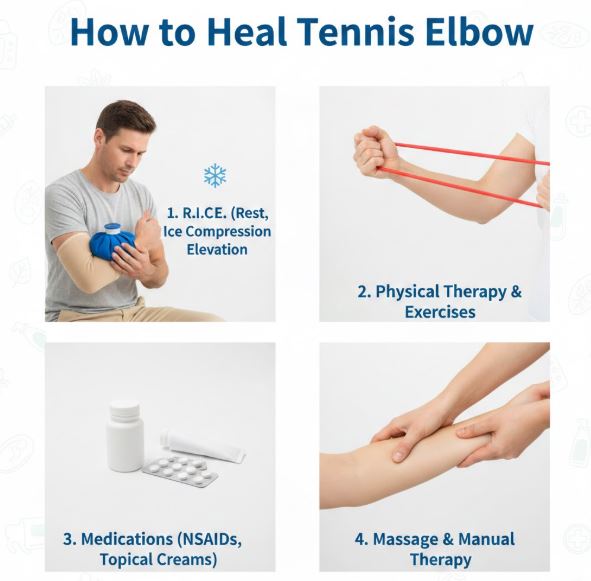Understanding and Alleviating the Pain of a Pinched Nerve in Your Back
The issue of pinch nerves is produced due to extra pressure of bones or muscles on a nerve. As a result, the nerve’s standard shape is disturbed, failing to perform a normal function in the body. The patient feels pain, numbness, tingling, or acute pain in the affected area. Pinch nerves can occur in any body part, but its rich chances are in the back or shoulders.
Due to sharp pain, the patient has trouble performing his daily tasks. Understanding and addressing pinch nerves is necessary to maintain physical health. A constant issue can result in severe conditions such as chronic pain and other muscle-related problems. Timely diagnosis is important to cure the disease at the right time. Similarly, a nerve pinch diagnosis is also mandatory to maintain the ideal stability and mobility of the body. This thorough guide will cover the causes of pinch nerves and effective treatment strategies to cure them promptly.
Common Symptoms & Causes
Symptoms:
Common symptoms for pinch nerve are as follows:
- Loss of sensation in the affected area and tingling develop there.
- Acute or aching pain in the affected area, spreading to other surrounding body parts.
- Weakness of muscles and reduced stability.
- Feeling hands and feet in a pins and needle situation
Causes:
There are several causes of pinch nerve, and the most common ones are mentioned below:
- Injury of muscles or bones can cause a pinched nerve because swelling in the surrounding area increases the pressure on nerves.
- Osteoarthritis leads to bone spurs, which results in overgrowth of bone and compresses the nerves.
- The back pinch nerve can also develop in pregnant women due to the pressure of the unborn baby.
- The repetitive motion of the same organs results in an inflammatory infection.
- Overweight body is also a significant risk in this context.
How To Diagnose?
A patient’s healthcare will follow the following methods to analyse the Pinch Nerve in the back:
- Initial Assessment:
- A primary doctor will diagnose the infection by asking about the physical symptoms of the Pinch nerve. For example, the area, duration, and level of pain. Suppose the patient feels intense, average or dull pain in the back.
- Then, information about the trigger activities of pain is also essential. Suppose pain started in a resting state, during movement, or due to any injury in the back.
- The previous medical history of a patient is also analyzed to know the genetic causes or specific medical conditions such as diabetes.
- Diagnostic Tests:
Diagnostic tests are performed to know the accurate position of the pinched nerve and the cause of the infection. The following tests help to see the pinched nerve in the back:
- MRI: The test assists in capturing the high-quality image of bones and soft tissues of back disks. The healthcare provider detects the affected nerve through this picture and applies therapies to make it normal.
- CT Scan: A clear picture of backbones and herniated discs is created by multiple X-ray technology, which helps to know the involved bones and muscles in compressed nerve.
- Nerve Conduction Studies: Nerves work to transfer electrical messages and connect the parts of the body. Therefore, NCS helps determine the ability of nerves to respond to the body’s electrical signals.
- Electromyography (EMG): This test is performed to diagnose disorders of muscles and nerves in the back and detect the psychological reasons behind Pinch Nerves.
Immediate Relief Strategies
- Rest and Immobilization: The first recommended strategy is to rest or be active periodically, which helps to heal the nerves naturally. This method also reduces swelling and inflammation in the affected area.
- Over-the-Counter Medications: The use of NSAIDs speeds up the healing process and is effective for instant relief from pain.
- Cold and Heat Therapy: Ice packs are helpful in the initial period, such as within 48 hours after injury. They help reduce swelling and minimize pain by numbing the muscles and blood flow in the injured area. Cold packs should be applied at hourly intervals. Heat packs are also beneficial in pinch nerves to standardize the blood flow and relax the tight muscles.
Long-Term Treatment Options
- Physical Therapy: This option is used for long-term relief because a therapist guides the patient to adopt suitable strengthening and stretching exercises. These exercises help reduce pressure on nerves by enhancing the range of motion. Muscle health improves through therapy, and the patient can prevent future injury.
- Medications: Corticosteroids act as an antidote for pinch nerve in the back, but they should be taken after approval from a certified health provider. A doctor prescribes them after examining physical health and the severity of the infection. Using these medications without doctor consultation can cause allergic reactions.
- Surgical Interventions: When therapy or relief strategies do not show proper results and the patient faces severe pain with limited mobility, surgery is the last option. Surgery settles the shape and pressure on nerves.
Lifestyle Changes for Prevention and Management
- Ergonomics: Set a comfortable sitting position while working on the desktop or other office work. Rest your arms and fingers during long working hours and fix the chair to bring the arms at 90 angle. These managements help to prevent back and neck nerves from being pinched.
- Exercise: Add strengthening and stretching exercises to make your muscles strong and flexible. These exercises will also help to reduce pressure on nerves.
- Weight Management: Maintain a healthy weight through diet and appropriate exercise because standard weight reduces pressure on nerves and makes muscles flexible.
Alternative Therapies
- Chiropractic Care: This professional treatment helps to adjust the nerves and position of the spine. As a result, the pressure on the nerves decreases, and the patient feels relaxed from back pain.
- Acupuncture: The insertion of pins helps to spread energy equally in all body parts, which is beneficial for reducing pain and stress management due to pinch nerves.
- Massage Therapy is quite fruitful for managing blood circulation and making muscles soft. The therapists find the trigger point of infection through diagnostic tests and apply pressure on it. Pressure decreases the muscles’ tension and helps in healing.
Diet and Nutrition
- Anti-Inflammatory Foods: The patient should eat food that contains omega-3 fatty acids, such as fish, which are resistant to inflammatory diseases. A diet rich in green vegetables, magnesium and potassium is also blissful for back pain.
- Foods to Avoid: Avoid processed food and excessive sugar because they add more to make health poor.
Final Analysis
The existence of the Pinch nerve in the back for a long time can result in chronic disease. Therefore, timely diagnosis and proper treatment are essential to cover the complications at an initial stage. We can save from long-term infections by following strategic treatments and preventive measurements. Maintaining a healthy diet and strengthening exercises are necessary to add to your daily routine. In this way, our muscles remain flexible, and nerves remain safe from additional pressure. A healthy body is a great blessing from God, so we should add our potential to make it safe and active.





